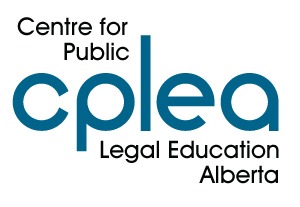This booklet gives teachers user-friendly information on copyright law, combining items from the Canadian Copyright Act and its regulations, contractual and tariff arrangements with copyright collectives, and court decisions. Much of the information would also be of interest to general audiences. [2005, pdf - 25 pages]
For resources that are related to the Alberta curriculum, see LawCentralSchools.
Canada/Fédérale
The Youth Criminal Justice Act is Canada's law that applies to youth between the ages of 12 and 17 who have come into conflict with the law. This section includes information and resources to help you better understand the Act and the youth justice system. Resources available in Spanish, Inukilut, and Inuinnaqtun.
This ebook is a collection of posts published on ABlawg.ca about section 15 of the Charter. The site is maintained by the University of Calgary Faculty of Law.
Canada's parliamentary system is open and democratic. It offers the opportunity for people to give their input and it is designed to make sure proposals for laws are carefully considered. Canada's Parliament consists of three parts: the King, the Senate and the House of Commons. They work together to make the laws for our country. This guide provides an overview of the following topics: The Canadian Parliament, Who's Who in the House, A Working Day in the Commons Chamber, Parliamentary Highlights, Making Canada's Laws,The Role of a Member of Parliament, and Being Part of Parliament.
In Canada's Parliament, bills may originate in eith of its two houses - the Senate and the House of Commons. Most legislation begins in the House of Commons. Regardless of where a bill originates, it must be passed by both houses in identical form before it can receiv Royal Assent and become law. This guide provides an overview of the process of how a Senate Bill goes through Parliament.
Media Smarts offers a range of media education and Internet literacy resources.
Kids in the Know is the Canadian Centre for Child Protection’s interactive safety education program designed for students from Kindergarten to Grade 9. The purpose of the program is to help educators teach children and youth effective personal safety strategies in an engaging, age-appropriate and interactive way that builds resiliency skills and reduces their likelihood of victimization in the online and offline world.
Vancouver Community College has created this glossary of 5000 Canadian legal and court-related terms in English Plain Language, and their equivalents in six other languages (Chinese, Farsi, Punjabi, Russian, Spanish, Vietnamese). The glossary is intended not only for court interpreters, but for everyone participating in court or legal processes.
The Nature's Laws Project was developed in a partnership involving the Heritage Community Foundation and representatives of First Nations from Treaty 6, 7 and 8. The project is a study of the legal codes and traditional governance of Alberta’s First Nations in the areas covered by Treaties 6, 7 and 8. It was structured as having research and public education components and involved Elders, academics and legal historians. The material examined was evidence found in oral histories, as well as case law, and the scholarly literature relating to Aboriginal People.








Follow CPLEA